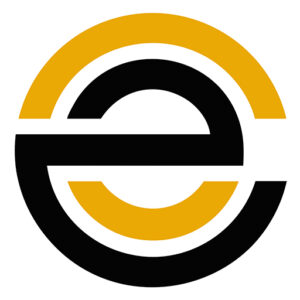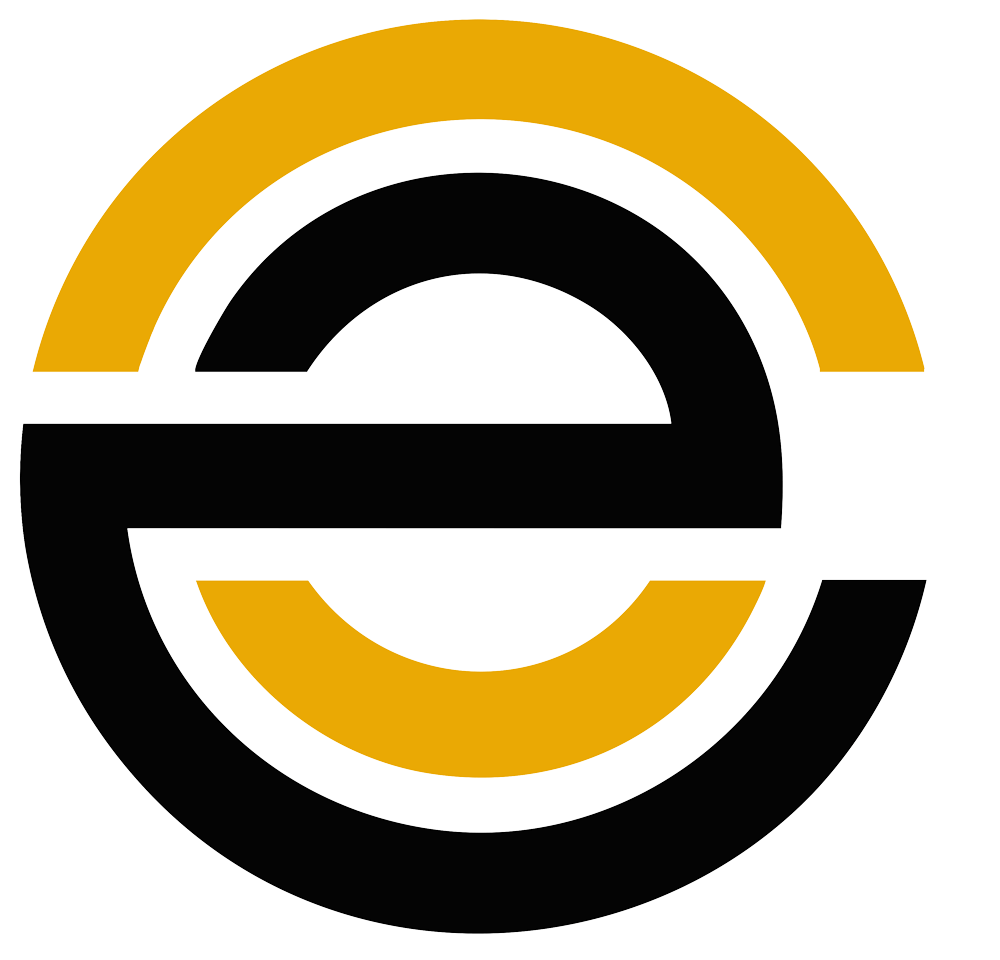 The Evolution of Digital Content Consumption
The Evolution of Digital Content Consumption
In the last two decades, digital transformation has redefined how individuals and institutions interact with content. The transition from print and broadcast media to internet-based platforms has ushered in a new era dominated by electronic content (e-content).
From online news portals and e-learning platforms to video streaming services and interactive blogs, e-content websites have become vital channels for knowledge dissemination, entertainment, and communication.
Defining e-Content in the Modern Age
E-content refers to any form of content that is distributed through digital means. It includes text, audio, video, images, and interactive media, accessible via desktops, mobile devices, and smart TVs. The rise of e-content websites such as educational platforms, digital publications, and content-driven apps has broadened access to information and reshaped user habits.
Why Understanding and Shaping e-Content Matters
To fully appreciate the role of e-content websites in today’s ecosystem, one must understand the broader cultural and technological shift that has occurred. By understanding and shaping e-content, developers, publishers, and marketers can ensure that content not only reaches users efficiently but also delivers value that is accessible, ethical, and relevant. Moreover, this awareness is essential in shaping the future of electronic content in a way that is sustainable, inclusive, and forward-looking.
Key Characteristics of E-Content Websites
To excel in the digital content space, websites must embody certain core characteristics that distinguish them from traditional platforms. These characteristics collectively contribute to user satisfaction, search engine visibility, and long-term engagement.
Content-Centric Architecture
E-content websites prioritize the quality, relevance, and presentation of content above all. Whether offering journalistic pieces, academic articles, or entertaining videos, these platforms are structured to deliver seamless access to digital assets. High-performing websites are distinguished by:
- Clean and intuitive design
- Fast loading speeds
- SEO-optimized content architecture
- Responsiveness across devices
Multiformat Content Delivery
Unlike traditional platforms that offer single-format media (e.g., newspapers or TV), e-content websites embrace a variety of content formats to accommodate diverse user preferences:
- Text-Based: Blog posts, eBooks, white papers, academic journals
- Video: Tutorials, product demos, vlogs, documentaries
- Audio: Podcasts, audiobooks, music streaming
- Interactive Media: Quizzes, polls, infographics, virtual tours
This diversity supports different learning styles and engagement preferences, a crucial aspect of understanding and shaping e-content effectively.
Flexible Access and Monetization Models
E-content platforms adopt diverse access and monetization strategies to maximize reach while sustaining profitability. Common models include:
- Free Access (Ad-Supported): Content is freely accessible, funded through display ads or sponsorships.
- Subscription Models: Premium content is offered through monthly or annual plans (e.g., Netflix, The Economist).
- Pay-Per-Content: Users pay to download or view individual items (e.g., Udemy courses or Kindle eBooks).
- Freemium Offerings: Basic content is free, with premium features available through upgrades (e.g., Spotify).
These monetization models play a critical role in shaping the future of electronic content by influencing how users perceive value and access information.
Integration of Content Management Systems (CMS)
A robust Content Management System (CMS) forms the backbone of any scalable e-content website. Platforms such as WordPress, Joomla, and Drupal allow administrators to:
- Upload and schedule content
- Organize digital assets
- Optimize posts for SEO
- Manage user roles and permissions
WordPress, in particular, is a favourite among developers for its user-friendly dashboard and expansive plugin ecosystem, making it a practical tool for anyone focused on understanding and shaping e-content effectively.
Societal Impacts of E-Content Platforms
Broadening Access and Empowering Learners
One of the most profound impacts of e-content websites lies in their ability to democratize access to knowledge and culture. Through digital platforms, users from underserved or remote regions can access high-quality educational resources, professional development tools, and global news in real time.
Examples include:
- Coursera and Udemy: Provide affordable access to courses from top universities
- Khan Academy: Offers free tutoring on academic subjects for students worldwide
- BBC and Al Jazeera: Deliver news and documentaries accessible across regions
This democratization of knowledge aligns directly with the mission of shaping the future of electronic content to serve educational and social development goals globally.
Giving Voice to Content Creators
The decentralization of media has led to a surge in independent content creators. Platforms like YouTube, Medium, Substack, and TikTok have lowered the barriers to entry, allowing anyone with internet access to become a publisher or entertainer.
Benefits include:
- Direct audience reaches without intermediaries
- Diverse representation in media
- Monetization through ads, sponsorships, or subscriptions
- Real-time feedback and audience interaction
This new creator economy is a testament to the potential of understanding and shaping e-content with inclusivity, innovation, and entrepreneurship in mind.
Challenges in the e-Content Ecosystem
While the opportunities are vast, the growth of digital content delivery also introduces complex challenges that must be addressed thoughtfully.
Intellectual Property and Copyright
With the ease of content sharing, copyright infringement has become a pressing issue. Many creators struggle with:
- Unauthorized replication or distribution
- Inadequate legal frameworks across borders
- Revenue loss due to piracy
To mitigate these risks, digital rights management (DRM) and blockchain-based copyright tracking are emerging as viable solutions.
Content Moderation and Misinformation
E-content platforms often struggle with moderating user-generated content, especially at scale. Issues include:
- The spread of fake news and misinformation
- Hate speech and harmful narratives
- Algorithmic biases
Efforts to employ AI moderation, along with human oversight, are vital to maintain content integrity and protect users, especially as we focus on shaping the future of electronic content with ethical standards in mind.
The Digital Divide
Access to e-content is not yet universal. A considerable portion of the global population lacks:
- Reliable internet connectivity
- Digital literacy
- Affordable devices
Addressing these disparities is critical for equitable growth and must remain a cornerstone of strategies aimed at understanding and shaping e-content for all.
Innovation and the Road Ahead
AI and Personalization
Artificial Intelligence is revolutionizing how content is curated and delivered. Recommendation engines (e.g., on Netflix or Spotify) use AI to:
- Analyse user behaviour
- Suggest relevant content
- Increase engagement and retention
AI also powers adaptive learning tools, making educational content more effective and personalized.
Immersive and Interactive Technologies
New technologies such as Augmented Reality (AR), Virtual Reality (VR), and 3D simulations are adding layers of immersion to digital content. These are increasingly used in:
- Virtual campus tours
- Online product demos
- Interactive storytelling
Such innovations are central to shaping the future of electronic content, especially in education, marketing, and entertainment sectors.
Sustainable Content Practices
There is growing awareness of the need to make digital platforms environmentally sustainable. Optimizing server loads, reducing redundant data storage, and investing in green hosting are all part of a broader movement to ensure that understanding and shaping e-content also includes sustainability considerations.
A Vision for the Future
The ongoing rise of e-content platforms represents a transformative moment in how humanity interacts with knowledge, culture, and community. By fostering a deep understanding and shaping of e-content, stakeholders including developers, educators, policymakers, and entrepreneurs can build digital ecosystems that are not only innovative but also inclusive and responsible.
As we look ahead, the focus must remain on:
- Enhancing user access and personalization
- Protecting intellectual and creative rights
- Embracing technological innovation
- Closing the digital divide
- Prioritizing ethical and sustainable practices
In essence, shaping the future of electronic content is not just a technical endeavour, it is a cultural responsibility. By recognizing the power and potential of e-content, we can ensure that the digital world continues to empower, inform, and inspire.








